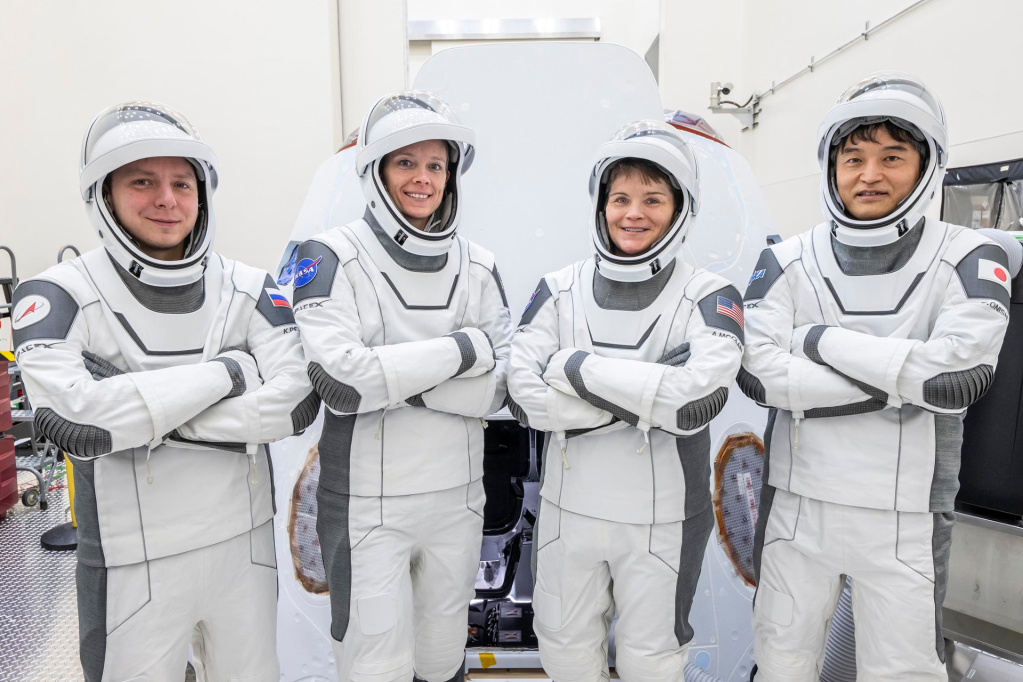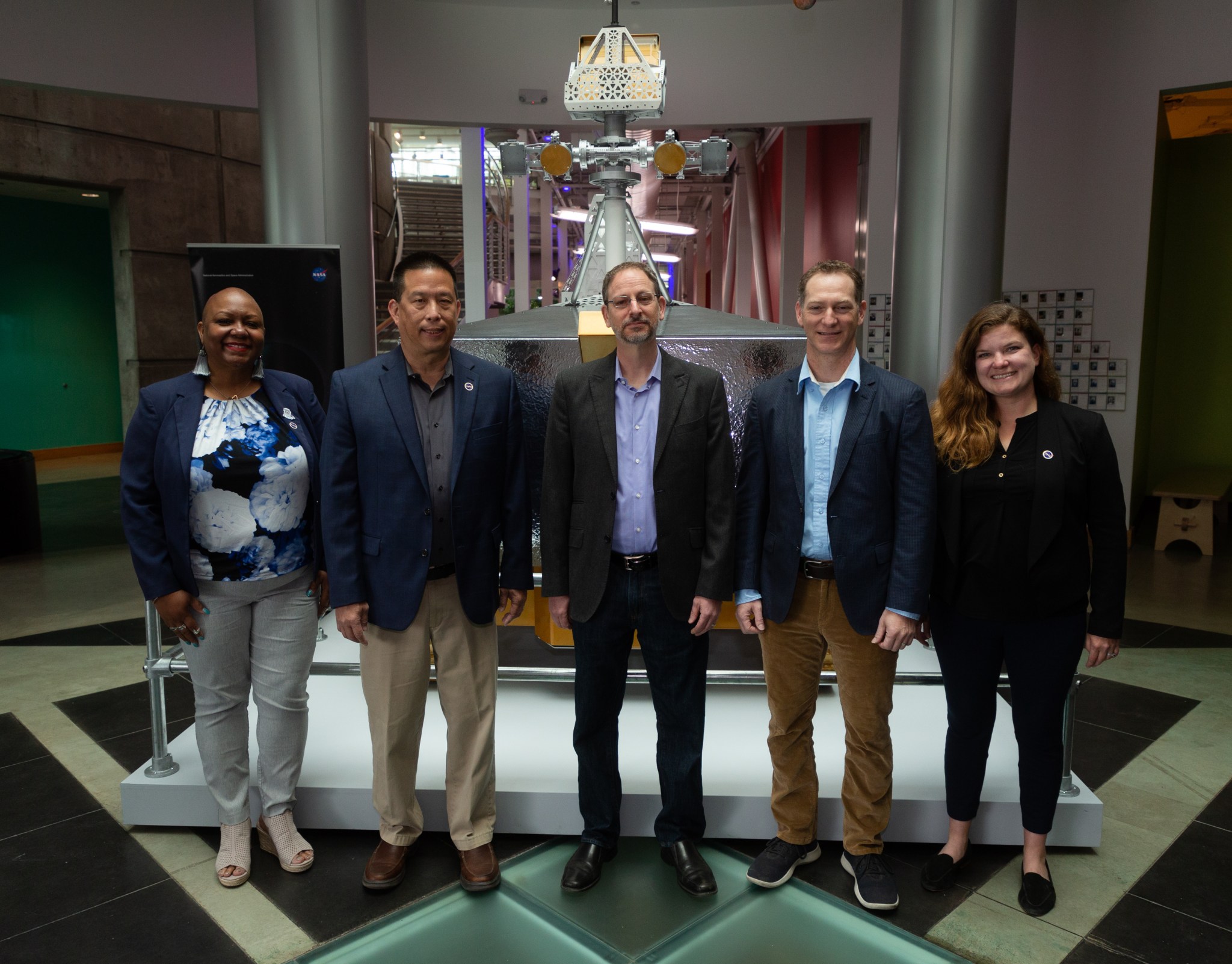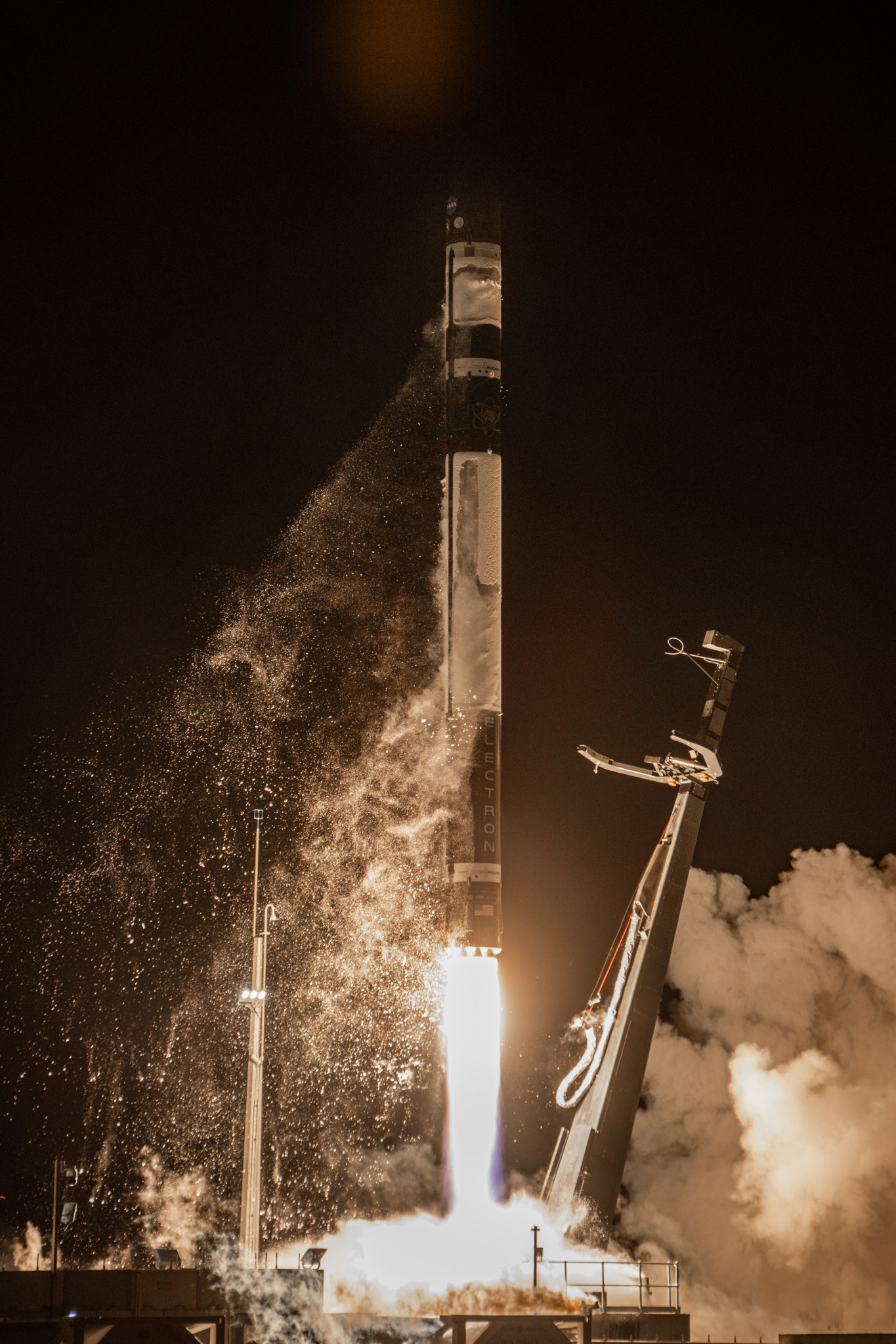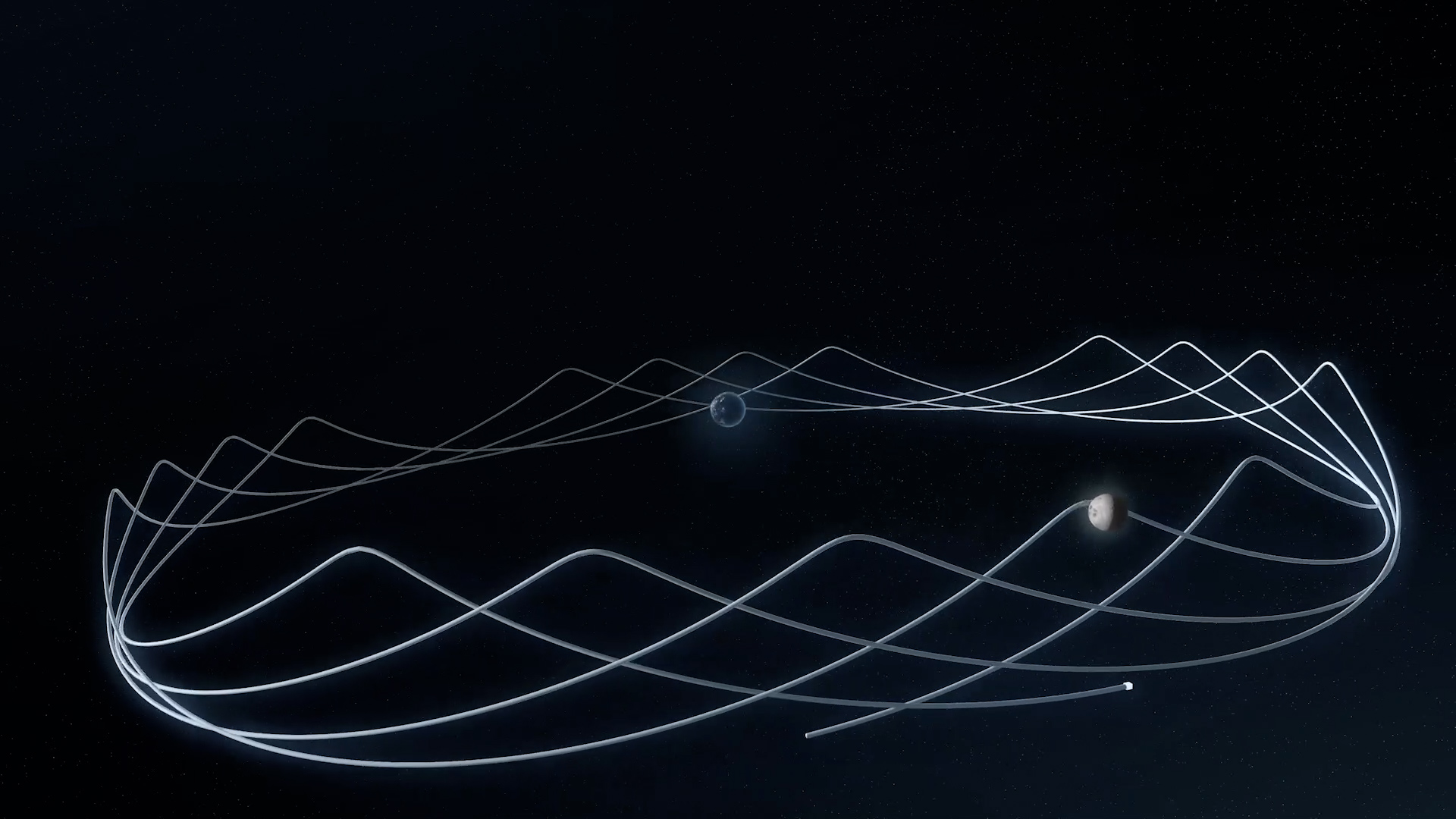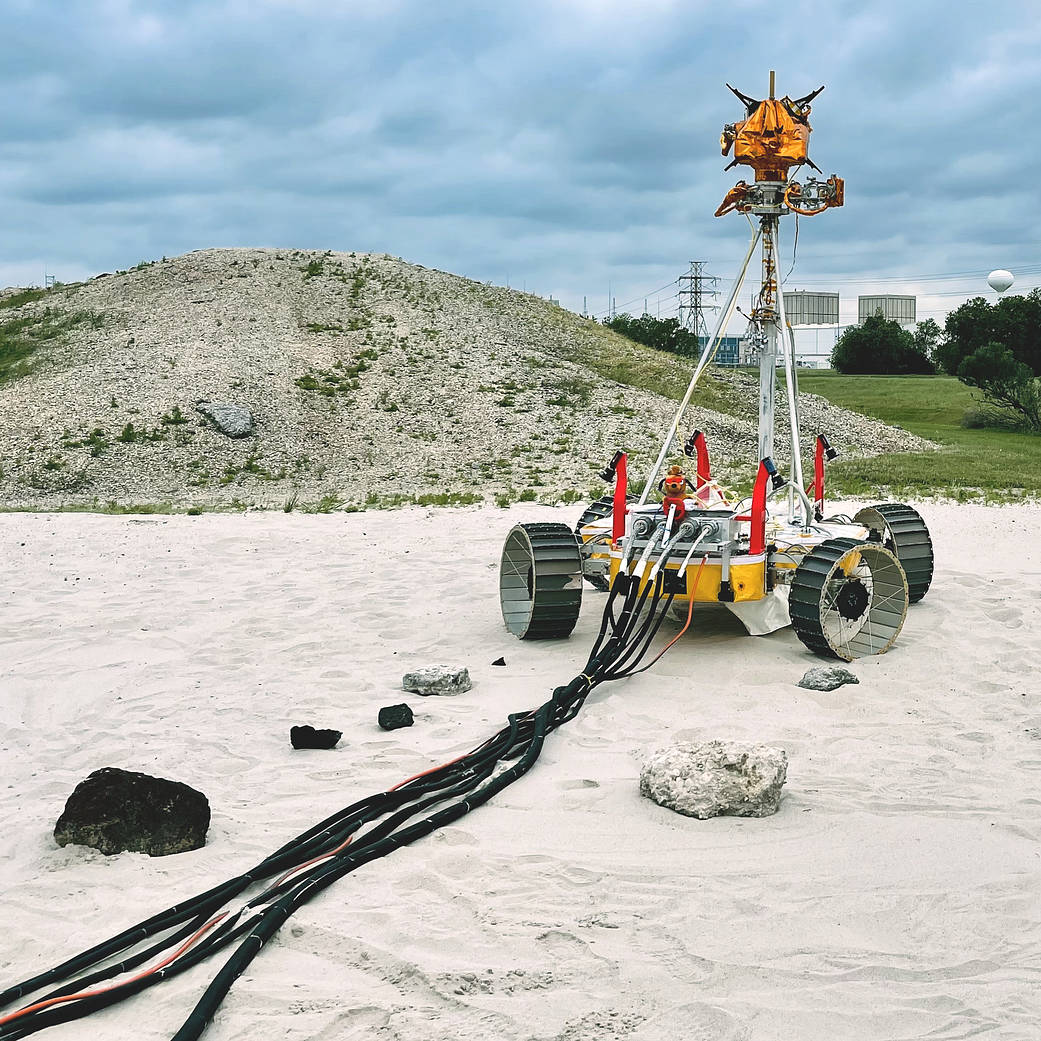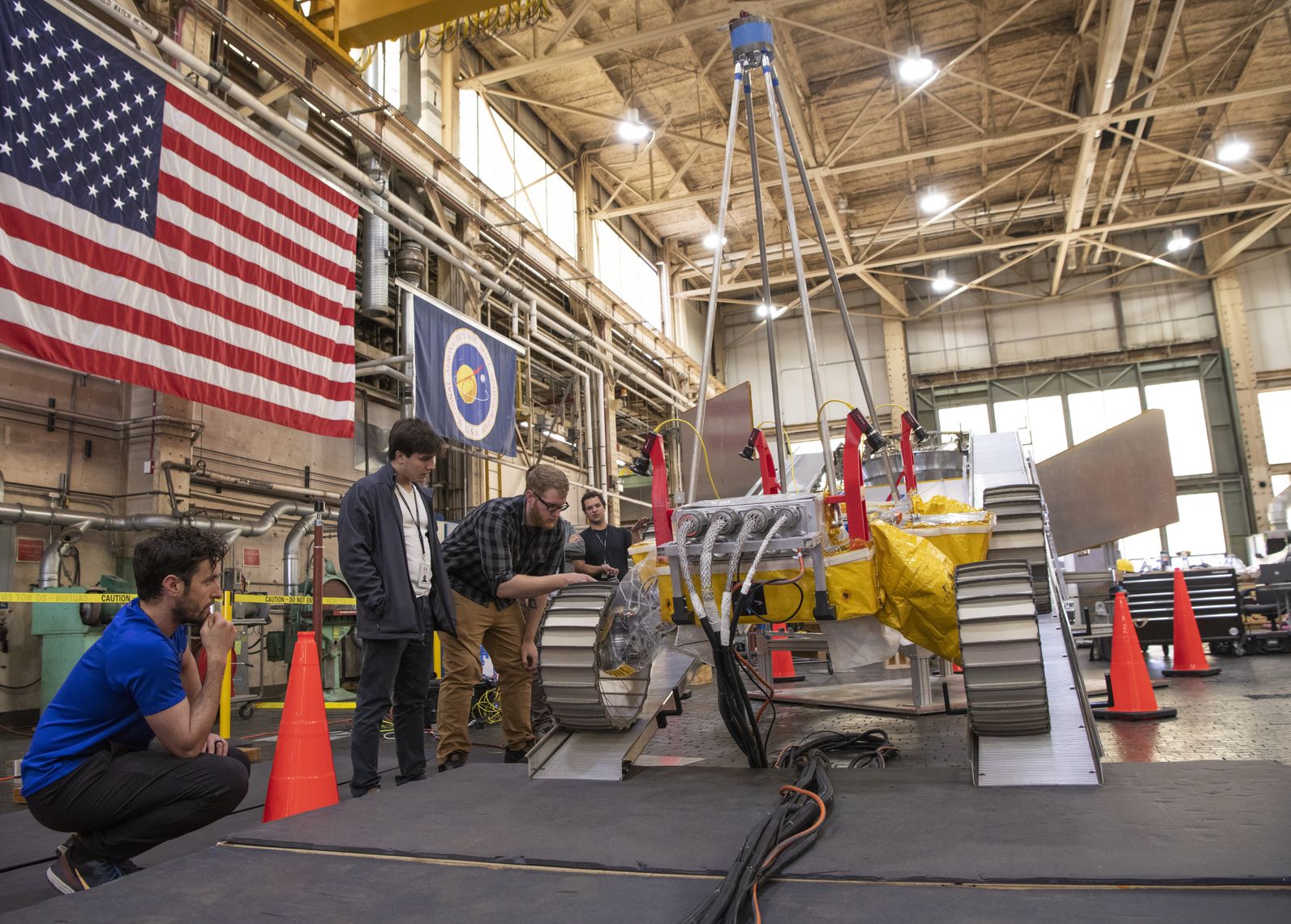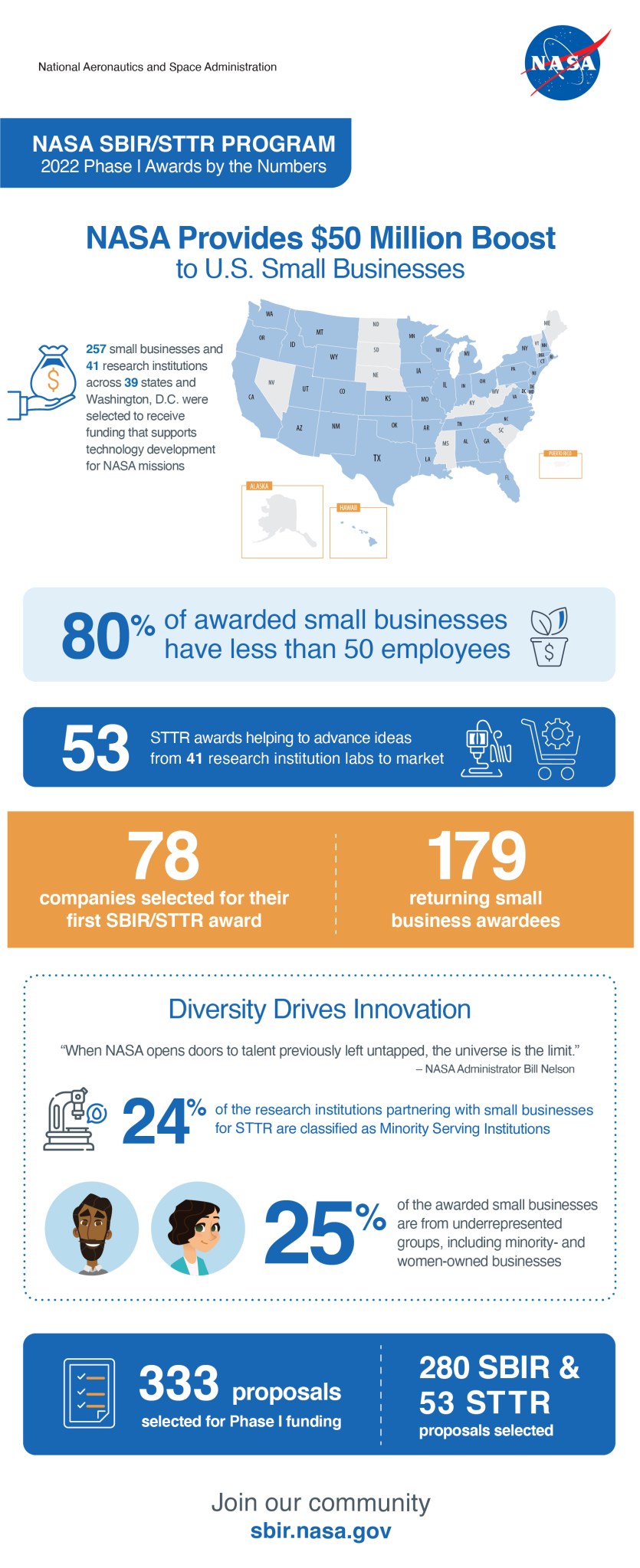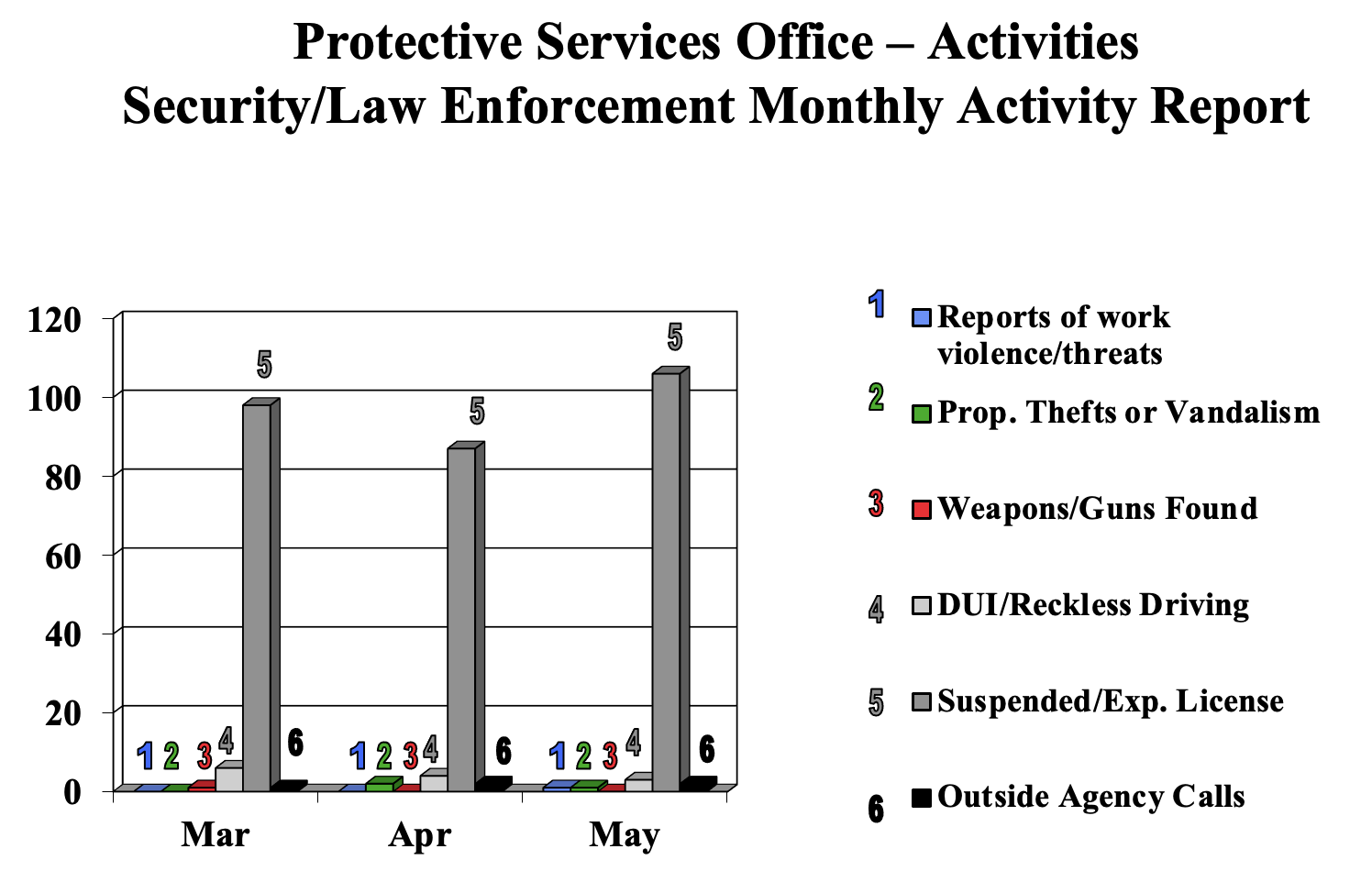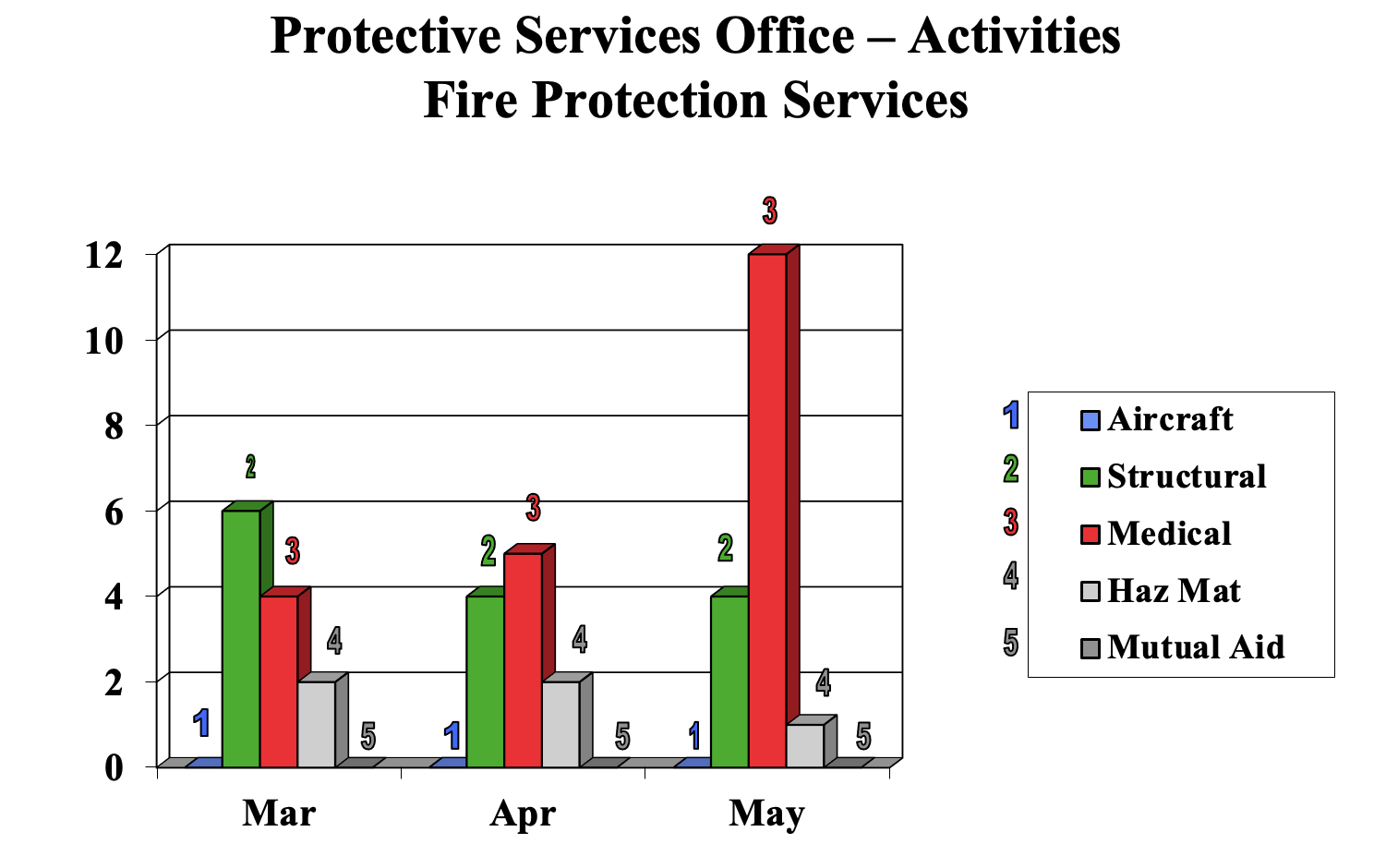NASA Debuts First Life-Size VIPER Moon Rover Model
by Rachel Hoover
The first full-scale replica of the agency’s Volatiles Investigating Polar Exploration Rover (VIPER) at the Chabot Space and Science Center in Oakland, California, on May 28. As part of the Artemis missions, VIPER will land at the lunar South Pole to map and explore the region looking for water and other resources, in late 2023. Roughly the same size as a golf cart, the life-size model is nearly identical – though only one-third the weight – to the real Moon rover that will embark on a 100-day mission on the lunar surface. Technicians in the Manufacturing Division at Ames designed, built, and assembled the lunar rover model, which made its debut at NASA’s Artemis Preview Weekend at Chabot.
The model’s debut was part of the NASA Artemis Preview Weekend hosted by NASA’s Ames Research Center in Silicon Valley. The event featured exhibits, hands-on activities, and Ames employees who have contributed to the Artemis lunar missions, including (from left to right) Dr. Joeletta Patrick, director of NASA’s California Office of STEM Engagement, Eugene Tu, Ames Center Director, Adam Tobin, Chabot Director, Ryan Vaughan, VIPER lead mission systems engineer, and Cara Dodge, Ames Event Lead, shown standing in front of the first life-size VIPER model.
The VIPER mission is managed by Ames and is scheduled to be delivered to the Moon by Astrobotic’s Griffin lander as part of the Commercial Lunar Payload Services initiative. Construction of the rover will begin in late 2022 at NASA’s Johnson Space Center in Houston, while the rover flight software and navigation system design will take place at Ames. Astrobotic will receive the complete rover with its scientific instruments in mid-2023 in preparation for launch later that year.
CAPSTONE Launches to Test New Orbit for NASA’s Artemis Moon Missions
NASA’s CubeSat designed to test a unique lunar orbit is safely in space and on the first leg of its journey to the Moon. The spacecraft is heading toward an orbit intended in the future for Gateway, a lunar space station built by the agency and its commercial and international partners that will support NASA’s Artemis program, including astronaut missions.
The Cislunar Autonomous Positioning System Technology Operations and Navigation Experiment, or CAPSTONE, mission launched at 5:55 a.m. EDT (09:55 UTC) on Rocket Lab’s Electron rocket from the Rocket Lab Launch Complex 1 on the Mahia Peninsula of New Zealand Tuesday.
“CAPSTONE is an example of how working with commercial partners is key for NASA’s ambitious plans to explore the Moon and beyond,” said Jim Reuter, associate administrator for the Space Technology Mission Directorate. “We’re thrilled with a successful start to the mission and looking forward to what CAPSTONE will do once it arrives at the Moon.”
CAPSTONE is currently in low-Earth orbit, and it will take the spacecraft about four months to reach its targeted lunar orbit. NASA invites the public to follow the spacecraft’s journey live using NASA’s Eyes on the Solar System interactive real-time 3D data visualization. Starting about one week after launch, virtually ride along with the CubeSat with a simulated view of our solar system. NASA will post updates about when to see CAPSTONE in the visualization on NASA’s Ames Research Center’s home page as well as Twitter and Facebook.
CAPSTONE is attached to Rocket Lab’s Lunar Photon, an interplanetary third stage that will send CAPSTONE on its way to deep space. Shortly after launch, Lunar Photon separated from Electron’s second stage. Over the next six days, Photon’s engine will periodically ignite to accelerate it beyond low-Earth orbit, where Photon will release the CubeSat on a ballistic lunar transfertrajectory to the Moon. CAPSTONE will then use its own propulsion and the Sun’s gravity to navigate the rest of the way to the Moon. The gravity-driven track will dramatically reduce the amount of fuel the CubeSat needs to get to the Moon.
“Delivering the spacecraft for launch was an accomplishment for the entire mission team, including NASA and our industry partners. Our team is now preparing for separation and initial acquisition for the spacecraft in six days,” said Bradley Cheetham, principal investigator for CAPSTONE and chief executive officer of Advanced Space, which owns and operates CAPSTONE on behalf of NASA. “We have already learned a tremendous amount getting to this point, and we are passionate about the importance of returning humans to the Moon, this time to stay!”
At the Moon, CAPSTONE will enter an elongated orbit called a near rectilinear halo orbit, or NRHO. Once in the NRHO, CAPSTONE will fly within 1,000 miles of the Moon’s North Pole on its near pass and 43,500 miles from the South Pole at its farthest. It will repeat the cycle every six and a half days and maintain this orbit for at least six months to study dynamics.
“CAPSTONE is a pathfinder in many ways, and it will demonstrate several technology capabilities during its mission timeframe while navigating a never-before-flown orbit around the Moon,” said Elwood Agasid, project manager for CAPSTONE at NASA’s Ames Research Center in California’s Silicon Valley. “CAPSTONE is laying a foundation for Artemis, Gateway, and commercial support for future lunar operations.”
During its mission, CAPSTONE will provide data about operating in an NRHO and showcase key technologies. The mission’s Cislunar Autonomous Positioning System, developed by Advanced Space with support from NASA’s Small Business Innovation Research program, is a spacecraft-to-spacecraft navigation and communications system that will work with NASA’s Lunar Reconnaissance Orbiter to determine the distance between the two lunar orbiting spacecraft. This technology could allow future spacecraft to determine their position in space without relying exclusively on tracking from Earth. CAPSTONE also carries a new precision one-way ranging capability built into its radio that could reduce the amount of ground network time needed for in-space operations.
In addition to New Zealand hosting CAPSTONE’s launch, New Zealand’s Ministry of Business, Innovation and Employment and a University of Canterbury-led team are collaborating with NASA on a research effort to track Moon-orbiting spacecraft. New Zealand helped develop the Artemis Accords – which establish a practical set of principles to guide space exploration cooperation among nations participating in NASA’s 21st century lunar exploration plans. In May 2021, New Zealand was the 11th country to sign the Artemis Accords.
The microwave-oven sized CubeSat was designed and built by Tyvak Nano-Satellite Systems, a Terran Orbital Corporation. CAPSTONE includes contributions from Stellar Exploration, Inc., Space Dynamics Lab, Tethers Unlimited, Inc., and Orion Space Systems. NASA’s Small Spacecraft Technology program within the agency’s Space Technology Mission Directorate (STMD) funds the demonstration mission. The program is based at NASA’s Ames Research Center in California’s Silicon Valley. The development of CAPSTONE’s navigation technology is supported by NASA’s Small Business Innovation Research and Small Business Technology Transfer (SBIR/STTR) program, also within STMD. The Artemis Campaign Development Division within NASA’s Exploration Systems Development Mission Directorate funds the launch and supports mission operations. The Launch Services Program at NASA’s Kennedy Space Center in Florida manages the launch service. NASA’s Jet Propulsion Laboratory supports the communication, tracking, and telemetry downlink via NASA’s Deep Space Network, Iris radio design, and groundbreaking 1-way navigation algorithms.
Learn more about the mission at: nasa.gov/capstone
The Small Businesses Behind CAPSTONE are Paving Our Path to the Moon
by Frank Tavares
The upcoming Cislunar Autonomous Positioning System Technology Operations and Navigation Experiment (CAPSTONE) mission will be the first spacecraft to fly a unique orbit around the Moon that will be used for Gateway, NASA’s future Moon-orbiting outpost. Gateway is an international collaboration working with commercial partners to establish a long-term human presence in deep space. Similarly, CAPSTONE – a mission owned and operated by Advanced Space, LLC in Westminster, Colorado – is made possible by collaborations with small businesses across the country, showing how NASA works with innovators in its future exploration endeavors.
“The upcoming launch of CAPSTONE shows what NASA’s partnership programs are all about,” said Karen Bradford, director of Strategic Partnerships at NASA’s Ames Research Center in California’s Silicon Valley. “We’ve supported so many of the companies that are contributing their expertise to this project from their beginnings, it’s a real moment of victory for this model – showing how supporting early-stage innovations pays off in the long run.”
Multiple partner businesses contribute to CAPSTONE with support from NASA’s small business programs. Many of those partners got their start with support from NASA. A key software being tested on the mission – the Cislunar Autonomous Positioning System (CAPS) – was developed by Advanced Space through NASA’s Small Business Innovation Research (SBIR) program. CAPS will allow future spacecraft to determine their location without having to rely exclusively on tracking from Earth, allowing them to perform on their own without needing as much support from the ground.
Advanced Space’s work on CAPSTONE was supported by a NASA SBIR Phase III contract funded by NASA’s Small Spacecraft Technology Program. The company has also received support for other initiatives through NASA SBIR’s sister program, Small Business Technology Transfer (STTR). Many of the other partners on CAPSTONE are alums of NASA’s SBIR/STTR program as well. When CAPSTONE launches, it will demonstrate the advantages of NASA’s investments in small business collaborations and represent a starting point for the next stage of lunar exploration.
The NASA SBIR/STTR program aims to strengthen the role of small businesses in space and aeronautics industries by providing them with opportunities for funding and resources to develop key technologies; these efforts support NASA’s missions and bolster the U.S. economy. By providing support during these early stages of development, businesses supported by NASA’s SBIR/STTR program are able to grow and become established members of the space industry and partners on missions like CAPSTONE.
From Start-Up to Spaceflight
Advanced Space began working with the NASA SBIR program in 2015 and since then has received 18 SBIR/STTR contracts to fund a host of projects.
The CAPS technology received its first SBIR program seed funding of almost $125,000 in 2017 to demonstrate the ability for two satellites to communicate with each other using a simulated environment.
In 2018, the project received another phase of funding, with nearly $750,000 towards developing key software components to prepare CAPS for flight demonstrations, with the ultimate goal of using it on a mission to the Moon.
To date, Advanced Space has received more than $16 million in NASA funding related to CAPS and is preparing to fulfill that goal. By partnering with NASA and others in the space industry, Advanced Space is demonstrating CAPS in a unique orbit around the Moon, paving the way for humanity’s future beyond Earth.
Collaborations from Across the Country
Advanced Space and NASA are not working alone. CAPSTONE is a collaborative endeavor, with contributions from experts in satellite design, propulsion, radio technology, and more.
The small satellite, or CubeSat, being used for the CAPSTONE mission was designed and built by Tyvak Nano-Satellite Systems, Inc., a Terran Orbital Corporation, in Irvine, California. Terran Orbital’s contributions are supported in partnership with Advanced Space through its SBIR contract, and they are also a recipient of seven SBIR/STTR contracts with NASA for other projects.
The propulsion system was developed and built by another small business, Stellar Exploration, Inc. in San Luis Obispo, California, supported by an earlier $700,000 NASA SBIR grant for technology maturation. The radio systems were provided by Tethers Unlimited, Inc. (TUI) in Bothell, Washington, which has partnered with NASA since 1992 and has developed various other technologies under almost 50 NASA SBIR/STTR awards. The radios provided by TUI for CAPSTONE were developed under SBIR funding with the United States Air Force, demonstrating how SBIR technologies can benefit multiple agencies.
The Chip Scale Atomic Clock (CSAC) hardware used by CAPSTONE is provided by Orion Space Solutions (OSS). While CSAC was not developed with NASA funding, OSS has prior experience working with NASA through multiple SBIR awards.
Even CAPSTONE’s liftoff will be made possible through another business that benefited from a prior small business award, with Rocket Lab USA, Inc. in Long Beach, California, using their launch complex in New Zealand to send the CubeSat beyond Earth. Rocket Lab received nearly $100,000 in SBIR funding from the Department of Defense in 2015.
“Every aspect of CAPSTONE has been put together in partnership with these small businesses from across the country,” said Bradford. “When CAPSTONE is flying in the orbit that Gateway will use, it’ll be because NASA chose to nurture some key innovators that paved the way.”
CAPSTONE is commercially owned and operated by Advanced Space in Westminster, Colorado. It represents an innovative collaboration between NASA and industry to provide rapid results and feedback to inform future exploration and science missions.
NASA’s Small Spacecraft Technology program within the agency’s Space Technology Mission Directorate (STMD) funds the demonstration mission. The program is based at NASA’s Ames Research Center in California’s Silicon Valley. The development of CAPSTONE’s navigation technology is supported by NASA’s Small Business Innovation Research and Small Business Technology Transfer (SBIR/STTR) program, also within STMD. The Artemis Campaign Development Division within NASA’s Exploration Systems Development Mission Directorate funds the launch and supports mission operations. The Launch Services Program at NASA’s Kennedy Space Center in Florida manages the launch.
VIPER Prototype Readies for Lander Tests, Practices Lunar Communications
by Rachel Hoover
Engineers recently tested a decked-out version of a prototype Volatiles Investigating Polar Exploration Rover, or VIPER – the most realistic yet – seen here during checkout and preparation activities at the Planetary Analog Test Site, known as the Rock Yard, at NASA’s Johnson Space Center in Houston. VIPER is set to launch to the Moon through NASA’s Commercial Lunar Payload Services initiative with Astrobotic of Pittsburgh.
By adding a few parts to simulate the Moon rover’s center of gravity, a new mast to carry cameras and antennas, a new computer, new flight software, and new motor controllers – this newest prototype is equipped with the latest-and-greatest. It’s now wrapping up a recent round of testing at NASA’s Glenn Research Center in Cleveland, which includes egress testing using a structural test model of Astrobotic’s Griffin lunar lander and trying out the prototype’s ability to drive while keeping its antenna pointing in the exact same direction.
This will be essential for direct communications between the rover on the lunar South Pole and the Deep Space Network, or DSN, on Earth. The data will allow mission controllers and the VIPER Science Team to command and retrieve rover and science data in the Multi-Mission Operations Center at NASA Ames.
NASA Moon Rover Practices Tricky Drive Off Lunar Lander
by Frank Tavares
Once it arrives at the Moon’s South Pole, NASA’s Volatiles Investigating Polar Exploration Rover (VIPER) will need to perform one of the trickiest parts of its 100-day mission: driving off the Astrobotic Griffin lunar lander and onto the Moon’s surface. After another successful round of testing this “egress” activity, VIPER is one step closer to being ready for launch.
VIPER has already completed several egress exercises, but recent tests at NASA’s Glenn Research Center in Cleveland were the most realistic yet – using the latest prototype lander and a robotic prototype of the Moon rover that will explore and map the lunar surface in search of resources that could sustain astronauts on future Artemis missions.
Since the goal of this test is to ensure VIPER’s able to handle the roll-out onto the lunar surface, engineers designed this prototype to be the most realistic model of its mobility systems while stripping down the rover’s heavier components. Because there’s less gravity on the Moon than on Earth, the rover needs to be lighter to more accurately simulate the conditions found on the lunar surface. Using this unique version of VIPER, the team can verify every aspect of the system is working as intended, and that when the real VIPER egresses, everything will go smoothly.
With several mission procedures still being fine-tuned, this won’t be the last time the VIPER team practices driving rover prototypes down the lander’s ramps. Future tests will take place in the Regolith Testbed at NASA’s Ames Research Center in California’s Silicon Valley, a facility capable of realistically reproducing the lighting and dusty terrain of the Moon’s environment.
While this test confirmed rover and lander systems are functionally ready to go, future tests will give the rover operations team an opportunity to practice lander egress in conditions as close as possible to what it will be like when they roll out VIPER and leave its first wheel marks on the Moon’s surface through NASA’s Commercial Lunar Payload Services initiative.
NASA Supports Small Business Research to Power Future Exploration
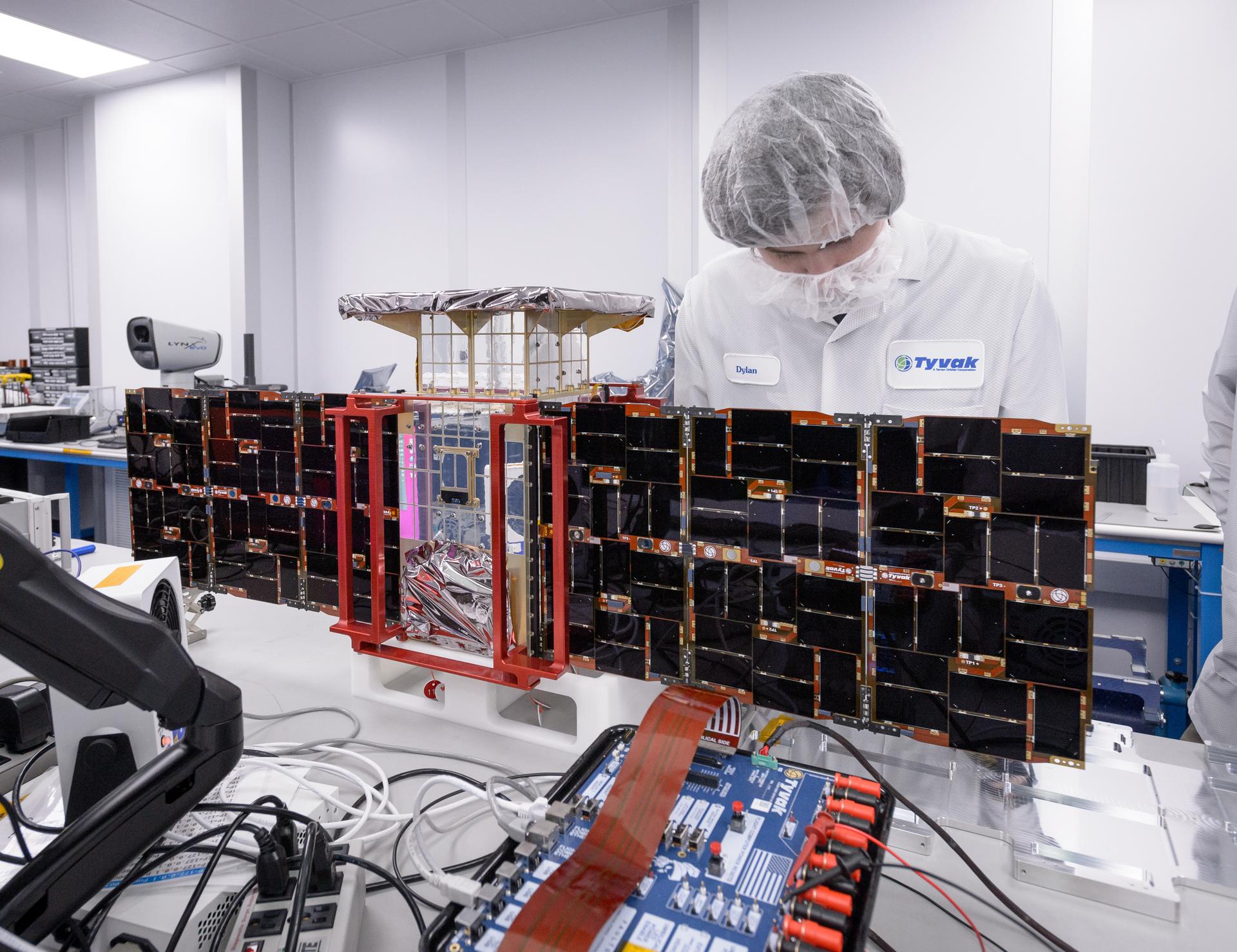
NASA has selected hundreds of small businesses and dozens of research institutions to develop technology to help drive the future of space exploration, ranging from novel sensors and electronics to new types of software and cutting-edge materials. The newly awarded projects under the agency’s Small Business Innovation Research (SBIR) and Small Business Technology Transfer (STTR) program also include a high-power electric rocket and a coating to make solar panels more efficient that could be used both in space and here on Earth.
The awards total nearly $50 million, with investments spread out over 39 states and Washington. Under the selection, 333 proposals from 257 small businesses and 41 research institutions – including 10 Minority Serving Institutions – will be awarded first-round funding for technology development. View the full lists of SBIR awardees and STTR awardees online.
“NASA is working on ambitious, groundbreaking missions that require innovative solutions from a variety of sources – especially our small businesses,” said NASA Deputy Administrator Pam Melroy. “Small businesses have the creative edge and expertise needed to help our agency solve our common and complex challenges, and they are crucial to maintaining NASA’s leadership in space. The SBIR program is one of the key ways we do that as well as creating jobs in a growing, sustainable space economy.”
NASA investments in American small businesses and research institutions help provide the innovations needed for the exciting and ambitious missions on the agency’s horizon and foster robust commercial space and technology sectors.
Each proposal team will receive $150,000 – a 20% increase over previous years’ funding – to establish the merit and feasibility of their innovations. Phase I SBIR contracts are awarded to small businesses and last for six months, while Phase I STTR contracts are awarded to small businesses in partnership with a research institution and last for 13 months.
“The selections span a breadth of areas to empower the agency’s work in human exploration, space technology, science, and aeronautics,” said Jenn Gustetic, director of early-stage innovation and partnerships for NASA’s Space Technology Mission Directorate. “We’re excited about the uses for these technologies for Artemis and other missions, as well as their potential use in the commercial space industry and people’s everyday lives.”
About 30% of the awards will go to first-time NASA SBIR/STTR recipients. This includes Ad Astra Rocket Company based in Webster, Texas. With its Phase I award, the company will develop a new way of manufacturing part of its Variable Specific Impulse Magnetoplasma Rocket, or VASIMR, engine – a high-power electric rocket engine the company has been working on with NASA for 25 years. In the engine, powerful radiofrequency waves are launched by special antennas, called couplers. The waves ionize gas into plasma, which is then accelerated to provide rocket thrust. The Phase I funding will be used to manufacture couplers in a way that increases the engine’s power limit. This innovation will help move the entire engine closer to commercialization, where it could be used for high-maneuverability satellites, lunar settlement cargo delivery, and more.
Nearly 25% of the selected companies are women-owned, veteran-owned, disadvantaged, and/or HUBzone small businesses. For example, D2K Technologies, a women- and minority-owned small business based in Oceanside, California, will create a monitoring and advisory system for health management of solenoid operated valves (SOV) used in industrial applications with its Phase I award. This technology could find use in many of NASA’s research centers, testing centers, and launch sites, since SOVs are basic components of most fluid systems. And, with the widespread use of SOVs in industrial applications, the system could be useful to oil and gas, nuclear, manufacturing, power generation, chemical, food, and pharmaceutical companies. This company is also a first-time NASA SBIR awardee.
“Finding and building a diverse community of entrepreneurs is a central part of our program’s outreach, and the efforts to reach them can start even before Phase I,” said Gynelle Steele, deputy program executive for NASA’s SBIR/STTR program at NASA Headquarters in Washington. “For example, working in partnership with NASA’s Minority University Research and Education Project, we started offering M-STTR planning grants last year, which incentivized partnerships between MSIs and small businesses and prepared them to submit a STTR Phase I proposal in 2022.”
M-STTR awardee Oakwood University, a historically Black university based in Huntsville, Alabama, will continue working alongside SSS Optical Technologies, a small business also based in Huntsville, using their Phase I award to develop a new type of coating for photovoltaic (PV) cells embedded in solar sails. The coating could generate extra electricity and improve the overall PV conversion efficiency, which could advance solar sailing and other power and energy conversion needs for space exploration. This technology could improve the efficiency of commercial solar panels.
NASA selected Phase I proposals to receive funding by judging their technical merit and commercial potential. Based on their progress during Phase I, companies may submit proposals for $850,000 in Phase II funding to develop a prototype, as well as subsequent SBIR/STTR Post Phase II opportunities. The NASA SBIR/STTR program is part of the Space Technology Mission Directorate and is managed by NASA’s Ames Research Center in California’s Silicon Valley.
To learn more about NASA’s SBIR/STTR program and apply to future opportunities, visit: https://sbir.nasa.gov/







